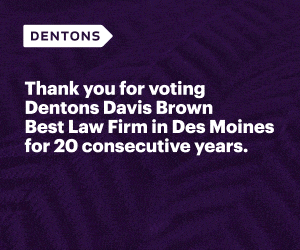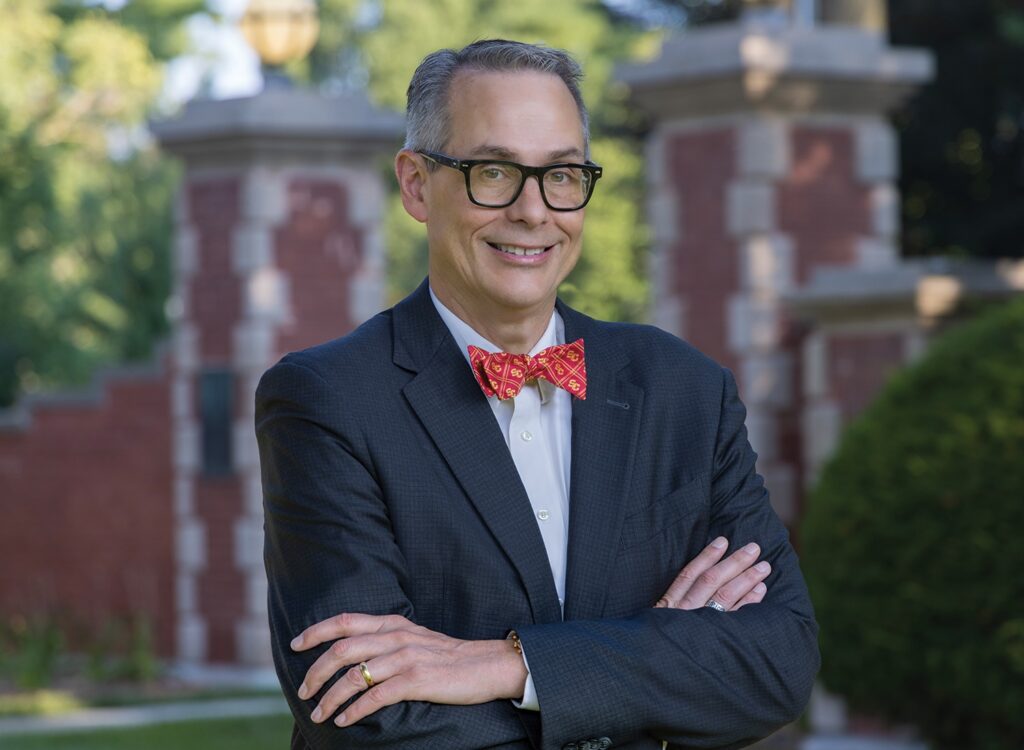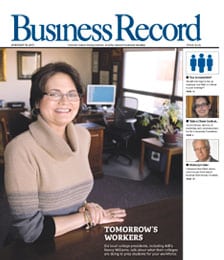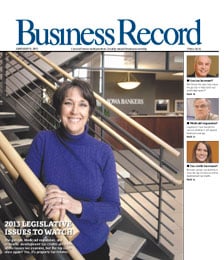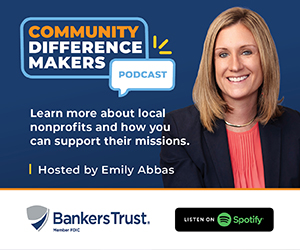Clearing the path

Avoiding rush-hour traffic is a hot topic of discussion around the water cooler these days as workers compare notes on alternative routes and modes of transportation to avoid traffic snarls caused bythe Interstate 235 construction. A non-profit organization of private corporations and public agencies is dedicated to reducing traffic congestion and improving mobility and air quality while educating employers and their employees about transportation alternatives. Tina Mowry, director of the Greater Des Moines Transportation Management Association, said her group’s goal is to achieve a permanent 10 percent reduction in the amount of peak drive-time traffic in the Des Moines metropolitan area by 2004, prior to the height of construction on I-235, which will continue through 2007. To help meet that goal, the TMA is coordinating an “Avoid the Rush” campaign that encourages employers to pledge their commitment to traffic reduction and educate their employees about transportation options. Mowry spoke with the Des Moines Business Record about the program.
Q: Tell me about the “Avoid the Rush” program.
A: We try to get employers to achieve a 10 percent reduction in peak drive-time traffic, which is from 7 to 8 a.m. and 4 to 6 p.m., to get them thinking about identifying strategies for mobile and stationary employees. Right now, we have about 30 companies that have embraced the campaign. Those companies represent about 25,000 to 28,000 employees in the metro area, but our goal is to increase that number to 50 employers representing about 60,000 to 70,000 employees.
Q: How do you identify strategies?
A: A lot of workers drive their car to work and park it for the day. We try to see if we can get them to car-pool, ride the bus or get the employer to stagger starting times for workdays. A lot of employers are not paying attention to the time their employees come to work. If you can stagger times, you won’t have so many traffic bottlenecks. We also talk to them about telecommuting, biking, walking and condensed workweeks.
Q: When is your “Ride Your Bike to Work” program?
A: It’s May 16. The goal is to make a safe place to meet and ride to work because people who ride on trails might not be comfortable on a street during rush hour. It’s a grass-roots group now, but our goal is to get 200 to 300 people to ride their bikes to work that day. We have about 70 people registered online already.
Q: What are the incentives to participating in alternative transportation?
A: Some employers compensate half or all of the cost for bus tickets for employees. Others reward employees with paid time off or prizes such as free meals or tickets to entertainment events. It’s a nice way to have fun with the construction so you’re not as frustrated by it. We remind people that we have to think about traffic now and in the future because it’s projected that our population will grow and we need to think of systems that will keep our mobility in place. That’s one of the reasons we live here.


